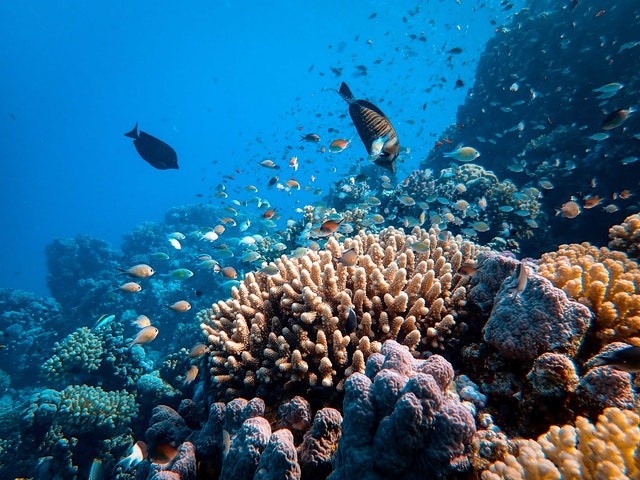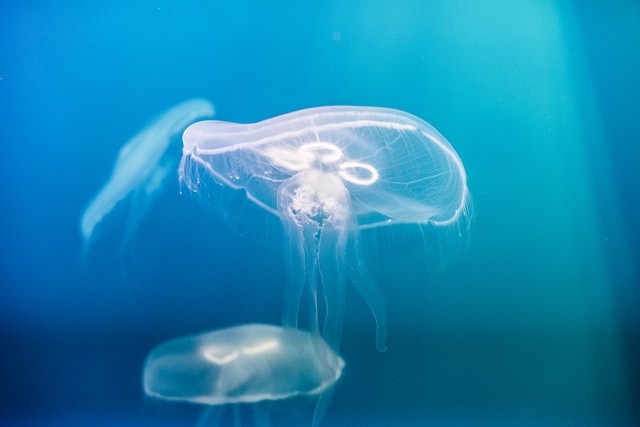The tree animal life had to start somewhere. Discovering that first branch amongst such a tangled canopy is difficult than it seems, though. A recent analysis of genomic data proposes that one phylum in the running for the most ancient branch has been misguiding us all along.

First Animal in the World
Since the 19th century, most researchers have presented one of the easiest creatures that have existed (the sponge) as the first animal in the world. Recent genomic studies, however, have marked this muscle-less, organ-less, nerve-less, and blob against a complex creature by far.
Comb jellies include a small phylum called Ctenophora, but unlike Porifera, the phylum sponges relate to these orb-like creatures exhibit much more traits that are advance, including muscle cells, neurons to discover and feed on prey, as well as a gut for digestion.
If these jellies truly came first, it shows that many of their traits were lost among Porifera subsequently, only to develop again later in the future. While this might seem totally illogical, it's not completely out of the question, although it threatens to alter our knowledge of the evolution of early animals and the nervous system development itself.
Phylogenetic Signal
Biologist Anthony Redmond from Trinity College Dublin in Ireland explains that it may look very improbable that such complex traits could develop over again independently, but evolution doesn't follow an easy path always. For instance, bats and birds are distant relations but have independently developed wings for flight.
In current years, some models that have broken genes up into smaller groups for comparison have discovered that comb jellies carry a larger phylogenetic signal than sponges, which proposes that these animals developed and existed first. Using the same details, other models that do not separate genes but depend on a larger super-matrix have disclosed the specific opposite timeline, with sponges landing on the scene earlier than comb jellies.
Far Distant Relatives of Animals
Both of these approaches have their barriers, but examining them at once aids in the alleviation of some of the previous errors and biases when glancing at the data. A reexamination with the use of a more integrative model now proposes that scientists were on the right track to start with, sponges, were specifically it .
Redmond said that their method bridges the gap between two methodologies in disagreement, and makes available strong evidence that sponges, and not comb jellies, are our most far distant animal relatives.

Partitioned models
Natural selection in evolution tends to preserve the role and shape of certain proteins by replacing specific amino acids with others that their biochemical properties are the same. These properties can, however, vary from site to site, between and within genes.
Partitioned models, where genes are broken up and replacement patterns amid sites are compared in sets, often do not give account for this diversity, which implies they could be omitting multiple substitutions that are 'hidden', mostly in species where brand-new amino acids were chosen for relatively quickly.
Related Article : Sponges Collect Penguin, Seal, and Fish DNA from the Water they Filter
For more news, updates about first animals and similar topics don't forget to follow Nature World News!
© 2025 NatureWorldNews.com All rights reserved. Do not reproduce without permission.





